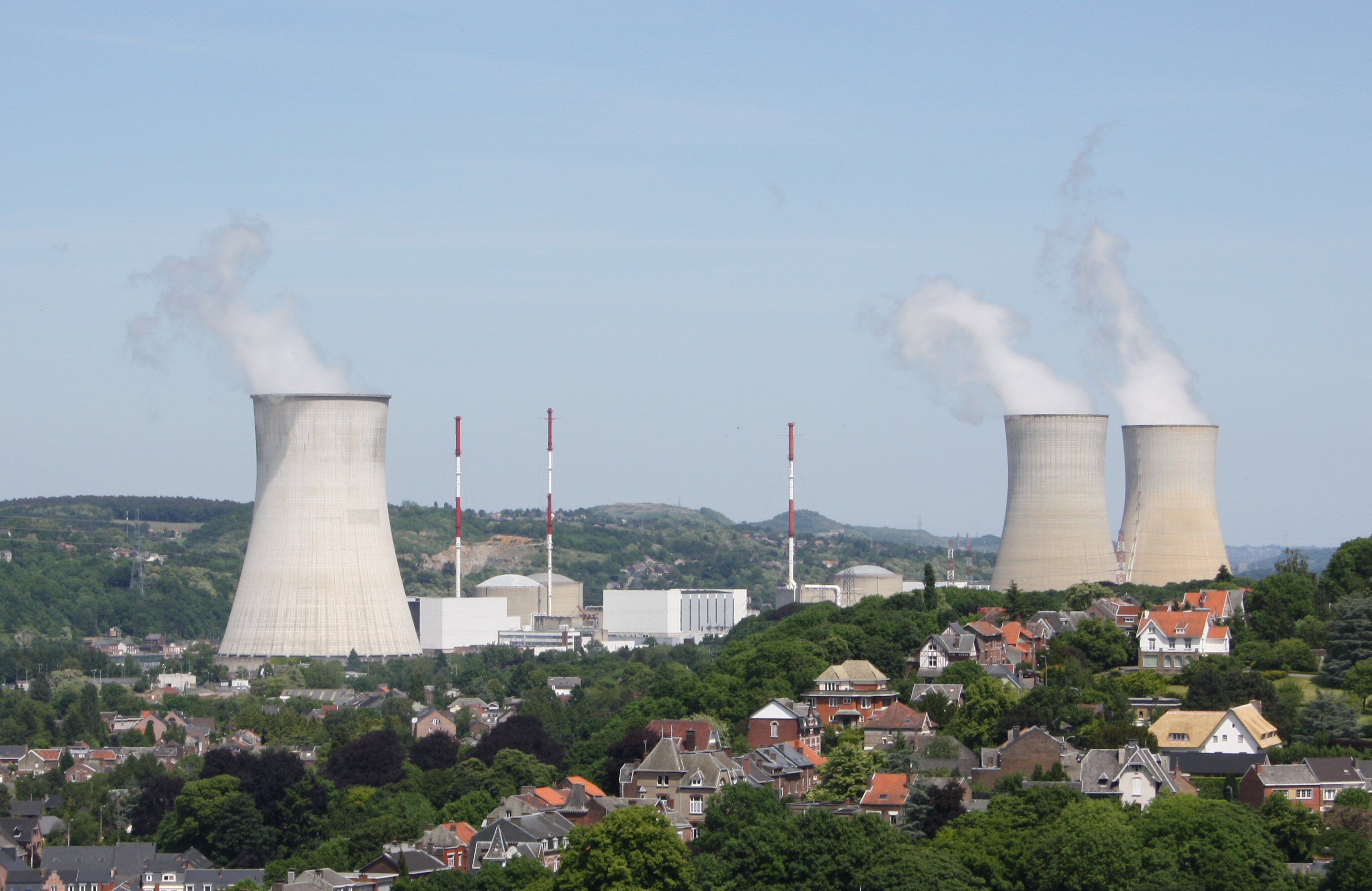Pres. Barack Obama made a number of promises related to environmental justice when he hit the 2008 campaign trail: he said he would strengthen the EPA Office of Environmental Justice, expand the environmental justice small grants program, and empower minority communities to respond to health threats. For the most part, he delivered. In 2011, the Federal Interagency Working Group on Environmental Justice signed the Memorandum of Understanding on Environmental Justice and Executive Order No. 12898. In May 2016, EPA released its EJ 2020 Action Agenda, a hallmark of the Obama Administration’s environmental justice work. And portions of his Clean Power Plan incorporated environmental justice concerns.
But significant challenges remain, as shown by high-profile incidents such as the Flint water crisis. Given the new administration’s stance on environmental protection generally, these challenges may appear even more daunting. Shortly after the 2016 election, ELI convened a panel to reflect on the Obama Administration’s legacy on environmental justice. A transcript of the event is featured in the May issue of ELR’s News & Analysis.
 |
But an Executive Order can be changed or eliminated by future administrations. “There is no environmental justice law,” noted Quentin Pair, a retired trial attorney from DOJ’s Environmental and Natural Resources Division who currently serves as an adjunct professor at Howard University. “An executive order is meant to give direction and has the authority of the president, but it is not a law.”Environmental justice was not a federal priority until 1994, after President Bill Clinton signed Executive Order No. 12898. The order directed agencies to: (1) promote enforcement of all health and environmental statutes in areas with minority populations and low-income populations; (2) ensure greater public participation; (3) improve research and data collection relating to the health and environment of minority populations and low-income populations; and (4) identify differential patterns of consumption of natural resources among minority populations and low-income populations.
So, it is no wonder that Barry Hill, a Visiting Scholar at ELI and former Senior Counsel for Environmental Governance of EPA’s Office of International and Tribal Affairs, expressed concerns with the incoming administration, asking “whether or not it will have the same desire, wherewithal, and knowledge” as the Obama Administration. According to Hill, it is vitally important that environmental justice be embedded in each and every law that the federal agencies administer and the regulations they implement. “We have to redouble our efforts at this particular point in order to continue to make a difference as far as the way in which people live.”
Fortunately, “there are many opportunities to advance environmental justice through environmental statutes, from decisionmaking platforms to resources for addressing challenges,” explained Suzi Ruhl, Senior Attorney Advisor at EPA’s Office of Environmental Justice and Co-Chair of the NEPA Committee and the Rural Communities Engagement Committee of the Federal Interagency Working Group on Environmental Justice. If we “bear down and apply those laws as they were meant to be applied, for all people including overburdened and underserved communities,” we will get “better answers and better solutions.”
Although “the [Trump] administration may plan to cut budgets and they may plan to reduce authorities,” environmental justice is “well ensconced . . . in the career people in the federal government,” added Pair. So, while agency administrators may have no per se statutory environmental justice authority, the environmental statutes provide administrators discretionary power to create the conditions that allow for environmental justice, through permitting requirements or otherwise. “It’s not a law thing as much as it is a social thing,” said Pair.
In addition, many companies have developed policies on environmental justice, and the “idea of engaging your neighbors and seeking to find some common ground is one that the private sector understands,” noted Benjamin Wilson, Managing Principal of Beveridge & Diamond. In the end, noted Pair, “environmental justice is non-partisan. It’s not even bipartisan. It’s about how this country keeps its promise to the poor and those who have been taken advantage of.”
For more on these and other environmental justice issues, be sure to check out this month’s featured article, available for free download here.
ELI is making this featured News & Analysis article available free for download. To access all that ELR has to offer, including the full content of News & Analysis and its archive, you must have a subscription. To learn more, visit www.elr.info.
